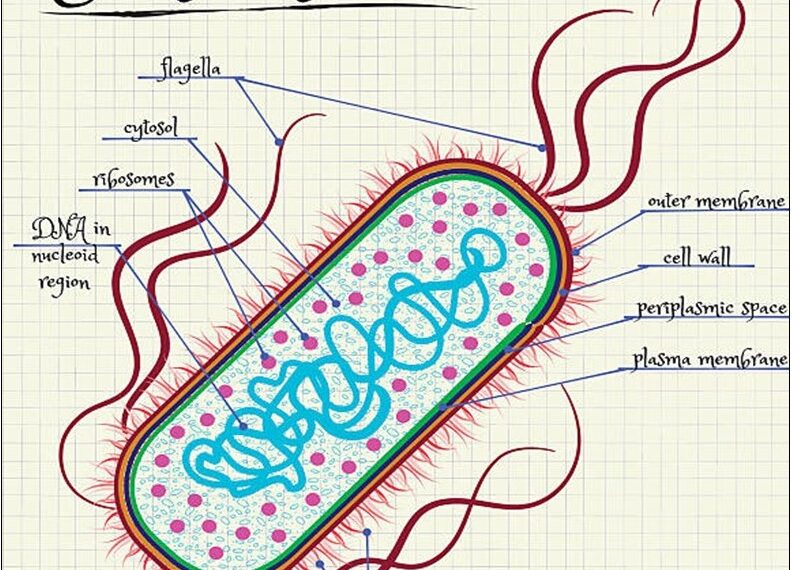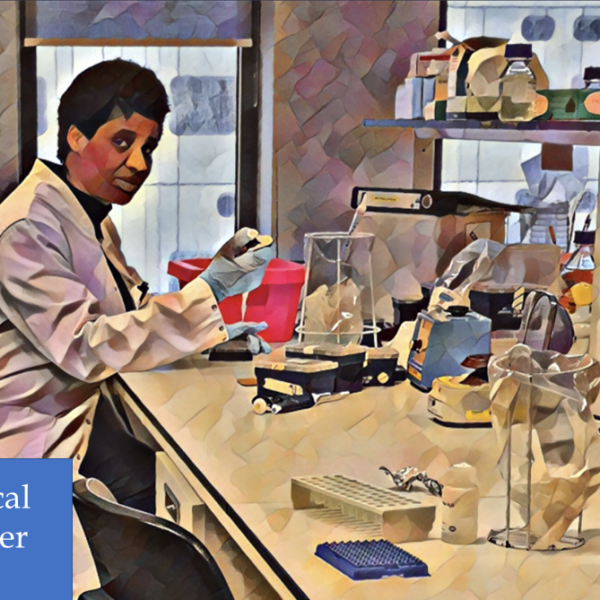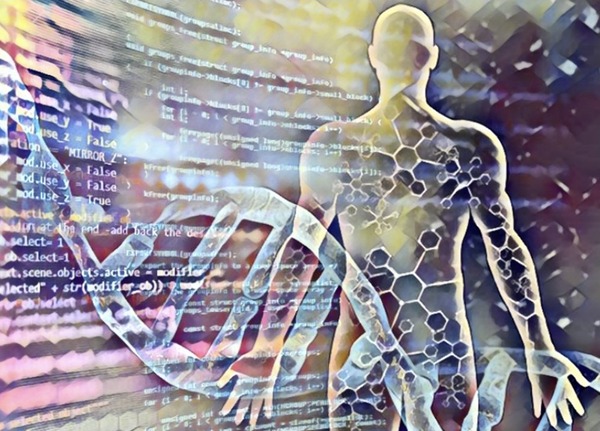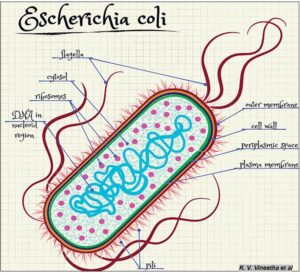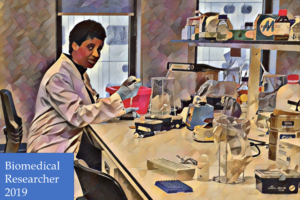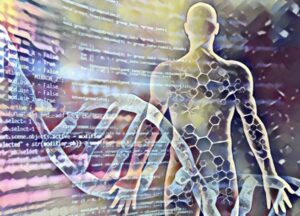Vaccines and Pandemics
Vaccines are given to individuals to reduce the risk of an or group of infection or disease and they act by working with the body’s natural immune system. When the individual given the vaccine becomes resistant to the infection or disease then such a person is said to be immunized against that disease. If we do not have vaccine, infections and disease can cause an epidemic leading to a pandemic such as Covid-19 pandemic of December 2019.
Covid-19 and other pandemic
Covid-19
Humans were diagnosed to be infected with the novel respiratory infection caused by SARS-CoV-2 virus which causes coronavirus disease also named Covid-19 in the region of Wuhan, China, in December 2019. This new viral infection quickly became endemic in Chain and progressed to a pandemic status by spreading across continents into almost all countries of the world. According to the World Health Organization (WHO) as at the 3rd of May 2023 there have been 765,22,932 confirmed cases including 6,921,614 deaths, reported to WHO. A total of 13,346,989,954 vaccine doses have been administered.
HIV
Between 2005 and 2012 the Human immunodeficiency virus (HIV) which attacks the body’s immune system and leads to Acquired Immunodeficiency Syndrome (AIDS) came from chimpanzee in Central Africa, this disease was passed to humans from the chimpanzees. HIV became a pandemic over decades and caused over 40 million deaths to date with about 38 million people globally living HIV in 2021 according to the Joint United Nations Programmed on HIV/AIDS (UNAIDS), no vaccine has been approved for HIV by WHO, United States Food And Drug Administration (FDA) and the European commission or European Medicine Agency (EMA).
FLU pandemics
The FLU pandemics occurred in both 1968 (the Hong Kong Flu; HKF) and in 1918, both Flu pandemic was caused by the Influenza virus but of different strain. The HKF of 1968 was caused by the H3N2 strain of Influenza A virus with a global death toll of about 1 million. This Flu was first reported in July 1968, hence its name which later spread over the course of 3 months to Singapore, Vietnam, India, Philippines, Europe, United States and Australia, compared to the 1918 Flu and other pandemic mention here, the HKF was of comparatively low mortality. On the other hand, the 1918 Flu resulted in the death of about 40 million people globally between 1918 – 1920. The flu vaccine (seasonal flu shots) protects us from 4 different influenza viruses.
Other pandemics
Other pandemic in the early and past centuries are the cholera pandemics of 1910 – 1911 and 1852 – 1860 both originating from India then spreading globally. The Black death of the 1346 – 1353 was caused by the Bubonic plague from fleas living on rats aboard merchant ships. The plague supposedly originated from Asia and spread to Europe and Africa causing about 75 – 200 million deaths. EV NIIEG is an approved vaccine against the plague caused by the bacterium Yersinia pestis.
Vaccine design types
There are many ways in which vaccines can be designed and these include:
Inactivated vaccines
These vaccines contain the killed version of the viruses or bacteria that cause the disease. The microbes are grown in laboratory and then inactivated or killed using heat, chemicals or radiation. These vaccines stimulates the immune system to produce a response but do not cause disease, example include the Flu vaccine.
Live attenuated vaccines
These vaccines contain live viruses or bacteria that have been weakened (or attenuated) and also cannot cause the disease. These vaccines stimulate a strong and long-lasting immune response (life time protection) because they are similar to the natural infection they present. It is important to talk to your doctor before receiving this type of vaccine examples are smallpox, chickenpox and Rotavirus vaccine.
Messenger RNA vaccines
These vaccines use a small piece of the microbes genetic material called messenger RNA (mRNA) that instructs cells to produce a protein found on the surface of the microbe. The immune system recognizes this protein as foreign and produces a response against it example is the COVID-19 vaccines developed by Pfizer-BioNTech and Moderna. The advantages of this type of vaccine design include short manufacturing times, no risk of causing disease, and they do not contain live virus.
Subunit, recombinant, polysaccharide, and conjugate vaccines
These vaccines contain only a specific pieces of the virus or bacteria, such as a protein or sugar molecule or the casing surrounding the microbe called capsid. These vaccines are safer than live vaccines because they cannot cause disease, but they may require booster shots to maintain immunity. They can almost be used for everybody examples Hepatitis B vaccine, whooping vaccine, Human papillomavirus vaccine (HPV).
Vector vaccines
These vaccines use a harmless virus or bacterium as a vector to deliver a piece of genetic material from the virus or bacteria that causes the disease. The immune system recognizes the foreign genetic material and produces a response against it examples are the Ebola vaccine.
Toxoid vaccines
These vaccines uses a toxin made by the bacteria or virus that cause the disease. The immune response target the toxin instead of the whole microbe. A booster may be needed, examples are tetanus vaccine, Diphtheria vaccine.
DNA vaccines
These vaccines use a small piece of DNA that codes for a protein found on the surface of the virus. The DNA is injected into muscle cells, which then produce the protein. The immune system recognizes the protein as foreign and produces a response against it.
The different type of vaccine has its own advantages and disadvantages and is suited for different types of viruses or bacteria. Vaccine design choice depends on several factors, such as the disease being targeted, the population being vaccinated, and the resources available for vaccine production, distribution and urgency.
Vaccine Side effects
Most people do not experience any serious side effects from vaccines, however, if present they are typically mild and temporary, and are a normal response to the body building immunity to a pathogen. Common side effects of vaccines includes but not limited to: Pain, redness, or swelling at the injection site, Fatigue, Headache, Muscle aches, Chills, Fever, Nausea. In rare cases, vaccines can cause more serious side effects such as allergic reaction to a vaccine, which can cause symptoms such as difficulty breathing, swelling of the face or throat, and a rapid heartbeat. If you experience any severe or unusual symptoms after receiving a vaccine, you should seek medical attention immediately.
It’s important to note that the risk of serious side effects from vaccines is extremely low, and the benefits of vaccination far outweigh the risks. Vaccines have been shown to be highly effective at preventing many serious and potentially deadly diseases, and getting vaccinated is an important way to protect your health and the health of those around you.
Vaccine Skeptics
Vaccine skeptics are individuals or groups of people who have doubts or concerns about both the safety and/or efficacy of vaccines. Some vaccine skeptics may believe that vaccines are unnecessary, ineffective, or even harmful, despite scientific evidence to the contrary. Others may have concerns about specific vaccines, such as the HPV vaccine or the measles, mumps, and rubella combination (MMR) vaccine, and may believe that they are associated with adverse effects or long-term health risks.
Vaccine skepticism can be driven by a variety of factors, which includes but not limited to personal beliefs, misinformation, mistrust of government or healthcare institutions, or a desire to maintain personal freedoms and autonomy.
Misinformation and conspiracy theories
There are lots of misinformation about vaccines online and in many communities, which can lead people to believe that vaccines are not safe or effective. Conspiracy theories have suggested vaccines are part of a larger government or corporate plot thereby leading to vaccine skepticism.
Lack of understanding
People who do not understand how vaccines work, or heard myths about vaccines that are not true become vaccine skeptics. This lack of understanding fuels their skepticism about vaccine safety and efficacy.
Personal beliefs and values
Some people may have personal beliefs or values that are in conflict with vaccination. For example, some may believe that natural immunity is better than immunity from vaccines, or they may be opposed to certain ingredients in vaccines.
Negative experiences or mistrust of the healthcare system
Some people may have had negative experiences with the healthcare system, which can lead to mistrust of vaccines and other medical interventions.
Fear and uncertainty
The COVID-19 pandemic has created a lot of fear and uncertainty, and some people may be hesitant to get vaccinated due to concerns about the safety and efficacy of the vaccines.
It is important to address vaccine skepticism with accurate information and education, and to help people understand the benefits of vaccines in protecting both themselves and their communities.
I hope you find my articles rewarding and your interest in biomedical research is awoken. I will be writing more articles about biomedical research, so thank you for reading this article and see you in my next article.
Visit more articles about biomedicine on this website.

